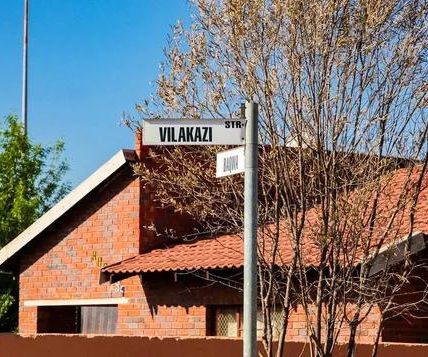Hot water systems are essential components in most homes, providing comfort and convenience for daily activities such as bathing, cooking, and cleaning. However, these systems can encounter various issues over time that affect their performance and reliability. Understanding common problems with hot water systems can help homeowners identify and address faults early, potentially saving on costly repairs or replacements.
One frequent issue is inadequate hot water supply. This problem often arises when the system’s thermostat malfunctions or is set incorrectly, causing insufficient heating of the water. Another cause could be sediment buildup inside the tank or pipes, which reduces efficiency by insulating the heating element from the water it needs to warm. Sediment accumulation typically results from hard water conditions and can lead to uneven heating or even damage to internal components.
Leaks are another widespread concern with hot water systems. These leaks may occur at joints, valves, or within the storage tank itself due to corrosion or wear over time. Even small leaks can cause significant damage if left unattended because they waste energy by forcing the system to work harder while also increasing utility bills. In some cases, leaks indicate a failing component that requires replacement rather than repair.
A lack of learn more hot water pressure is also commonly reported by users experiencing issues with their systems. This problem might stem from clogged pipes caused by mineral deposits or debris restricting flow through faucets and showerheads connected to the system. Additionally, faulty pressure relief valves can contribute to inconsistent pressure levels within a household’s plumbing network.
Electric hot water heaters might face electrical failures such as blown fuses or tripped breakers that interrupt power supply to heating elements. Similarly, gas-powered units may experience ignition problems where burners fail to light properly due to dirty pilot lights or malfunctioning thermostats controlling gas flow.
Another challenge involves unusual noises emanating from tanks during operation; popping sounds usually indicate trapped steam bubbles caused by sediment buildup on heating elements overheating localized areas inside the tank. Regular maintenance including flushing tanks annually helps prevent this issue while extending equipment lifespan.
Finally, temperature fluctuations often frustrate users when sudden changes in output occur despite unchanged settings on controls; this inconsistency generally points toward faulty thermostats needing recalibration or replacement for stable performance.
By recognizing these typical concerns-ranging from insufficient heat production and leaks through pressure irregularities and mechanical failures-homeowners gain better insight into maintaining their hot water systems effectively. Timely professional inspections combined with routine upkeep ensure safe operation while minimizing inconvenience associated with unexpected breakdowns in everyday life routines reliant upon reliable access to heated water supplies.





